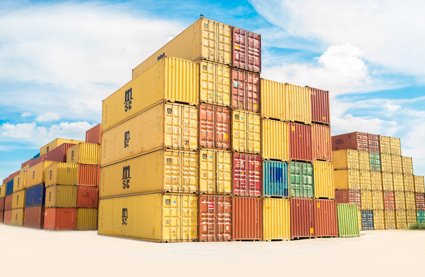
The kids who make our stuff
This lesson introduces you to the kids who make your stuff
Key questions
How old is old enough to work?
How do us as consumers link to children living in poorer nations?
How do us as consumers link to children living in poorer nations?
Child labour is the employment of children at regular and sustained work. Many countries consider this exploitative, and in many countries there is a minimum legal age for work. In the UK, it is 16 years. Other countries have different age limits, for example in Germany and Japan it is 15, in India and Egypt it is 14 and in Trinidad it is 12. However, some countries have no legal minimum working age for children, including Congo, Malawi and Papua New Guinea.
According to UNICEF, there are 250 million children aged between two and 17 working worldwide. Most child labour occurs in African and Southern Asian countries, with Mali having the highest proportion at 805 child labourers per 10,000 people. Children may be employed in a wide range of jobs, including factory work, mining, quarrying, agriculture, helping in their parents' business, selling, acting as guides for tourists, polishing shoes and cleaning. In some cases, they may be forced into prostitution or military activity.
This section previously contained text and a related web link to the BBC’s Panorama programme of 23 June 2008 ‘Primark – On the Rack’ which the Society has removed from its own website. On 16 June 2011 the BBC Trust’s Editorial Standards Committee (ESC) concluded that it was more likely than not that certain footage in the programme was not genuine, and that the Panorama programme committed serious breaches of the BBC’s Editorial Guidelines on accuracy and fairness. The ESC directed the BBC to issue on-air and web-based apologies to Primark and not to sell or repeat the programme.
Links
Starter
How old is old enough to work?
Have a look at the old enough to work presentation. It tells you at what age it is legal to start work in a range of different countries.
Main Activity
Why do teenagers in the UK not have to work?
The timeline of UK child labour shows you when laws were introduced in this country to ban children from working. It also shows you when the age that children have to stay in compulsory education was increased.
Why is it important that we have these laws?
Why is so much stuff made overseas?
In the manufacturing goods is cheaper overseas activity, you need to think about the reasons why it is cheaper for many companies to have their products manufactured overseas.
The video clip from the National Geographic website shows some of the things made in China and the conditions at work.
Design a poster that campaigns for an end to child labour in poorer countries. Visit the websites listed above for further information to include in your poster.
Plenary
Things are getting better
In India, the government recently acted to further restrict the use of child labour. New legislation prevents children from serving in restaurants or working in private households.
File nameFiles
File type
Size
Download